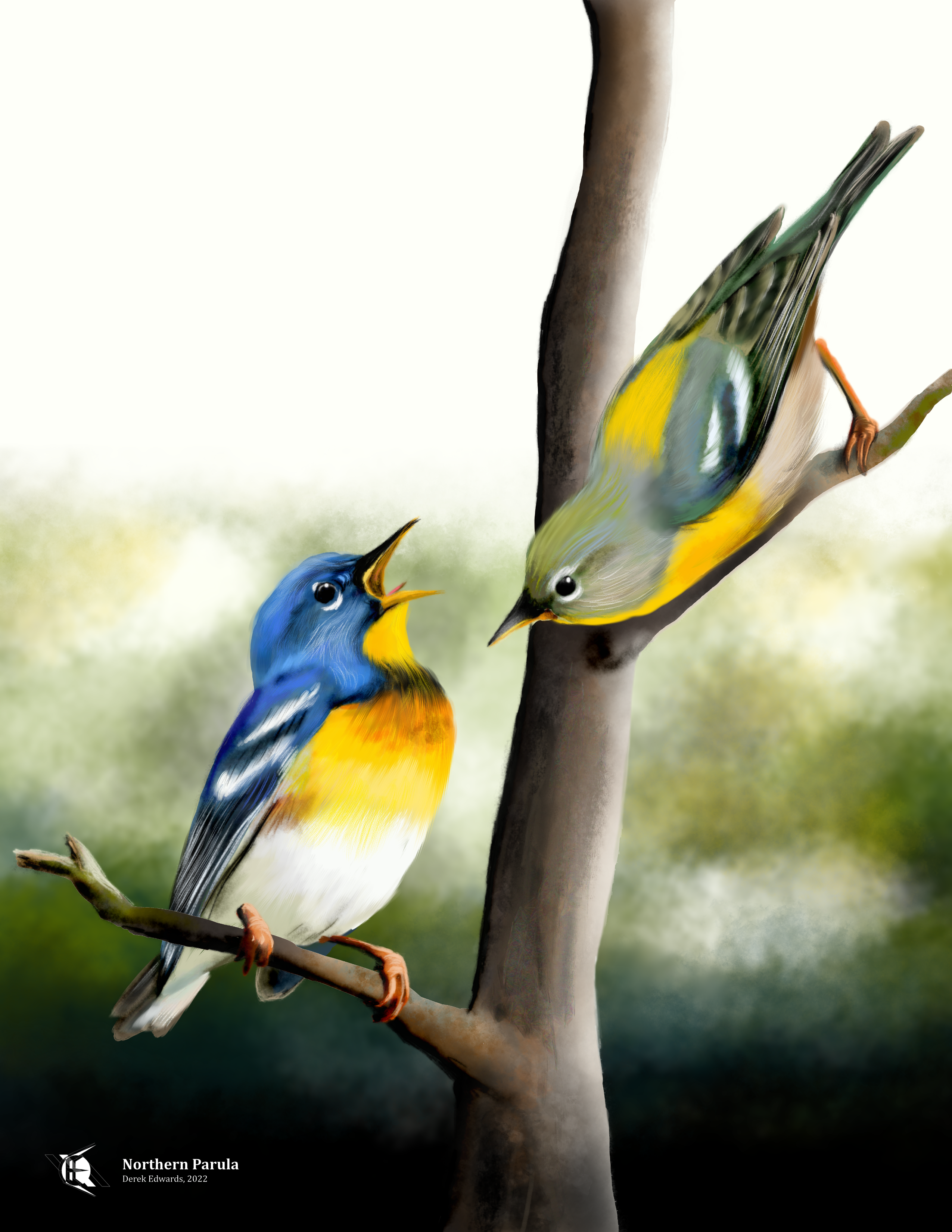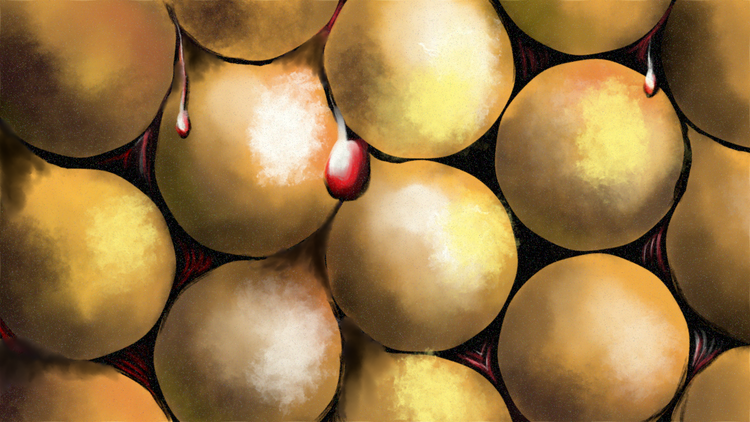
Running Commentary 11/7/2022
Hello,
Due to a somewhat busy weekend, I did not catch the latest episode of The Peripheral. In the interest of getting this newsletter out on time on a Monday morning, and in the interest of not giving hastily composed notes written in the middle of the night right after watching the episode, I’ll be leaving episode four of the show until next week, where I’ll be sure to cover it and episode five.
Anyway...
Watching...
Andor
Episode 9 did not really conclude anything, so the 3-episode arc pattern has been broken somewhat. Still, this was a pretty good episode. Here are my notes:

- This series has done a lot to show how scary the Empire can be to the average citizen, but it’s also shown how overextended the Empire is. They’ve had one of the most wanted people in the whole Galaxy imprisoned for what seems like a few months now, without realizing it. Yes, Andor’s in prison, but he’s in a prison for low-level offenders, which he’ll probably be able to escape from. The Imperial prison system seems swamped with prisoners due to the Empire’s crackdowns on dissent. The Tarkin Doctrine (which isn’t fully Imperial policy at this point, but which is forming) of rule through fear is dependent on making people believe something bad might happen if they step out of line, but the Empire doesn’t quite have the strength to assure that something bad will happen.
- Speaking of the Empire not realizing that they have Cassian in custody already, I wonder when this series takes place in comparison to the introduction of personal chain-codes we saw in The Bad Batch. Seems like those would help clear things up in situations like this. Maybe, once Cassian escapes, the Empire will spot him on surveillance or something, and realize they need to implement some sort of universal ID.
- Having Vel be related to Mon Mothma surprised me, mostly because I had generally presumed she was Luthen’s daughter. Although, I suppose she still could be.
- The power outage throughout Narkina 5 as the guards diverted systems to fry all of Level 2 at once was a great example of how this show really puts the work into detail.
- The “screams of dying alien children” torture device was the one overly cheesy moment I can think of in this show. I get that they don’t want to show someone tied down and bloodied on-screen, but it felt very silly, especially following Meero’s interrogation, which was done quite well. Taken with the eye-rollingly on-the-nose repeat of a shot from Ep. IV at the end, I could have done without that scene.
- I have a feeling this show will end badly for Syril Karn

Bird of the Week
This week, we have another warbler. This is one of the smallest warblers, and is arguably the main warbler. The Northern Parula (pronounced something like “parallel” without the final l) is a diminutive songbird, measuring only about 5 inches long, that nests in the eastern United States and southeastern Canada, and winters in Central American and the Caribbean. There is, annoyingly, a gap in their breeding range stretching across the southern Great Lakes region; I only get a chance to see them during their migration, and I don’t believe I’ve seen one yet.
Like other wood-warblers, northern parulas eat small insects and spiders found crawling in trees. These birds are dwellers of the upper portions of the forest canopy. The two sexes generally keep company with their own kind, males a bit higher in the trees than females, only joining to form nesting pairs in the spring. The nest of the northern parula is one of the least known among North American species. What is known is that they build nests very high in a tree, using Spanish moss or similar dangling foliage to form a sort of gourd-shaped basket with a small hole in the side. In southern states, often two broods are laid in a single nesting season, as Audubon mentioned in his account of the species, made based on observations in Louisiana.
Males and females look generally alike, although the male is generally more strongly colored (for this depiction, I have drawn the male at the species’ bluest, and the female at its grayest.) Males also have a band of black below their throats, which the females lack. The northern parula’s blue-and-yellow color scheme was the basis of the “parula” color map, which is the default color setting used by the power calculator/programming language MATLAB for coloring data plots. MATLAB is used by many scientists, including ornithologists, to compute complex data models.
The term “parula” comes from the diminutive form of the Latin “parus”, which is the name for members of the tit/chickadee/titmouse family. Linnaeus originally classified the northern parula as a tit, and Charles Lucien Bonaparte later placed it in a new genus, “Parula”, which was eventually used as the type genus of the wood-warbler family Parulidae, making the nothern parula the typical wood-warbler. Since then, Parula was merged, along with a few other genera, into the genus Setophaga; today, the northern parula is Setophaga americana. The species name “americana” made more sense back when Parula existed, as this was the only member of that genus to be found mainly in the United States rather than in countries to the south.

Curation Links
A Killer of a Cure | Natalie Jacewicz, Distillations
"Tesla, his credibility tarnished by his faltering venture, needed to restore his reputation and generate cash. He admitted as much to [J. P.] Morgan: ‘It is absolutely imperative for me to put out something commercial without delay.’ So Tesla turned to another of his inventions. In 1896 he had patented the first portable ozone generator in the United States. After Morgan’s rejection the cash-strapped scientist incorporated the Tesla Ozone Company, pitching his devices as a way to clean indoor air...In fact, Tesla’s machines filled rooms with poison: ozone in the upper atmosphere provides an important shield against the sun’s ultraviolet light, but pump it into your living room and it will harm you."
The science of symmetry | Laila Moubayidin, The Royal Society
[VIDEO] An overview of the principles of lateral and radial symmetry, how they are exhibited, why they exist, and why, sometimes, they don't exist.
Enter the Dragon | al-Masudi, Lapham’s Quarterly
An account by a tenth-century imam of the various kinds of dragons found in the world. Generally, they agreed to be sea creatures, most common in the Atlantic ocean.
The Secret Strength of Things | Gregory Feeley, Clarkesworld Magazine
[FICTION] “Nothing was less alive than the Snow Woman, whose every surface, internal and external, had been scrubbed of any organic molecule more complex than methane. No life had been discovered on this desolate moon, but until the possibility of some scarce microscopic creatures floating in its underground ocean was eliminated, the humans and Minds who occupied the space around Ryujin remained adamant about avoiding contamination. Yet the Snow Woman had desires and intentions like a living creature: she was jealous of her sole possession of the tiny world and determined to destroy any challenger to that distinction, just as Kitsune the sprite (which was more problematically alive) was intent on surviving.”
See the full archive of curations on Notion






Member Commentary